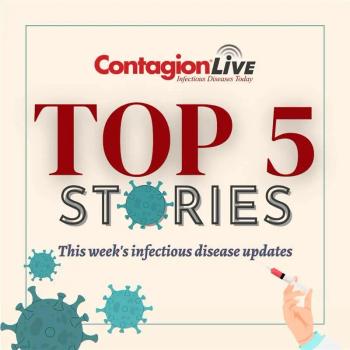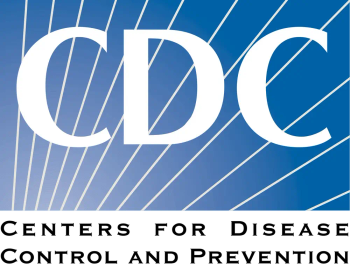
Antibiotic Practices For Sinusitis in Outpatient Settings Suggest Overprescribing
At MAD-ID, a study highlights how prescribing in these settings suggests a need for antimicrobial stewardship efforts.
In new research being presented at this week’s MAD-ID meeting, a large 2-year study reveals that the majority of patients seen in outpatient facilities for sinusitis-related complaints were prescribed antibiotics. Of more than 37,000 primary care encounters, 79% of patients received a prescription for this class of medication. “These findings emphasize the potential to enhance outpatient consultation services and reduce unnecessary antibiotic use for unconfirmed bacterial sinusitis,” The study authors wrote.1
Among the antibiotics prescribed, amoxicillin-clavulanate was the most common (n=16,280; 43%), followed by azithromycin (n=6,365; 17%), and doxycycline (n=5,913; 16%).
The authors noted that antibiotics were prescribed more frequently for encounters involving acute sinusitis (76%) compared to recurrent acute sinusitis (7%) or chronic sinusitis (17%).
Study Specifics
This cross-sectional study examined adults treated for sinusitis over a 2-year period at an academic medical center in Michigan, from January 2023 through January 2025. Researchers used ICD-10 codes to identify various types of sinusitis: acute sinusitis (J01.X0, n=26,387), recurrent acute sinusitis (J01.X1, n=2,684), and chronic sinusitis (J32.X, n=8,616).
The primary outcome was to determine the proportion of patients prescribed antibiotics at outpatient clinic visits for sinusitis. A secondary objective involved analyzing a subgroup of patients referred to otolaryngologists to evaluate how many maintained a sinusitis diagnosis following consultation.
Sinusitis in the Outpatient Setting
Sinusitis is one of the most common reasons for prescribing antibiotics in ambulatory settings, despite the fact that most cases are viral in nature.2 Although viruses are typically the cause of sinus infections, balancing patient expectations for symptom relief with the need for antimicrobial stewardship remains a challenge. Patients often feel their visit is incomplete without receiving a prescription.
While bacterial sinus infections do occur, diagnostic tools such as endoscopy or imaging—and specialists like otolaryngologists—are generally not available in primary care settings to confirm a diagnosis.
“The discrepancies in antibiotic prescribing practices and sinusitis diagnostic precision underscore a critical need for improved antimicrobial stewardship efforts in outpatient settings,” the authors concluded.
References
1. Arena C et al. Rethinking Sinusitis: Outpatient Antibiotic Overuse and Possible Diagnostic Inaccuracy. Abstract. MAD-ID Meeting. May 28-31, 2025. Orlando, FL.
2. Sinus Infection Basics. CDC. Updated April 17, 2024. Accessed May 29, 2025. https://www.cdc.gov/sinus-infection/about/index.html
Newsletter
Stay ahead of emerging infectious disease threats with expert insights and breaking research. Subscribe now to get updates delivered straight to your inbox.

















































































































































































































































































